Product Name: Aluminum Forging
Product Type: Metal Forging
Material: Aluminum
Shape: Customized
Surface Treatment: Anodizing, Powder Coating, Spray Painting, Polishing
Production Process: Die Casting, Press Forging
Advantages:
1. High strength-to-weight ratio
2. Superior mechanical properties
3. Enhanced resistance to fatigue and wear
4. Tight dimensional tolerances
5. Cost-effective production
| Color | Silver |
|---|---|
| Material | Aluminum |
| MOQ | 1 Pcs |
| Sample | Available |
| Place of Origin | China |
Product Details
MINGYU Tech is a top manufacturer of precision machined aluminum components for the automotive industry. Our ISO 9001 certified factory is equipped with advanced CNC machines and robotic systems capable of producing high volume orders with tight tolerances and minimal lead times. Our team of skilled engineers and technicians use the latest CAD/CAM software to optimize the production process and ensure the best results. We also provide on-time delivery and other supply chain management services to meet our customers’ needs.
One of the most commonly used high precision cnc aluminum machining products is the CNC (Computer Numerical Control) machining center. This computer-controlled machine uses specialized cutting tools to remove material from aluminum workpieces, creating complex shapes and precise dimensions. CNC machining centers are highly efficient and can perform multiple operations in one setup, resulting in faster production and higher accuracy.
Another essential high precision cnc aluminum machining product is the cutting tool. High-speed steel cutting tools are commonly used for high precision cnc aluminum machining due to their ability to withstand the high cutting speeds required for machining this material. These tools are available in different shapes and sizes, such as end mills, drills, and reamers, and can be customized for specific machining requirements.
Aside from cutting and shaping, surface finishing is also an important aspect of high precision cnc aluminum machining. Products such as polishing tools, grinding wheels, and buffing pads are used to achieve smooth and uniform surface finishes on aluminum workpieces. This not only improves the aesthetics of the finished product but also enhances its corrosion resistance and durability.
| Brand | MINGYU TechMINGYU Tech |
| Original | China |
| Capacity | 1482Ton/Month |
| Thickness | 0.6mm and above, or Customized |
| Length | 2-6.3Meter |
| Hardness | >=8HW |
| Color | Silver,White,Black,Grey,Bronze,Champagne,Wood and any as requested |
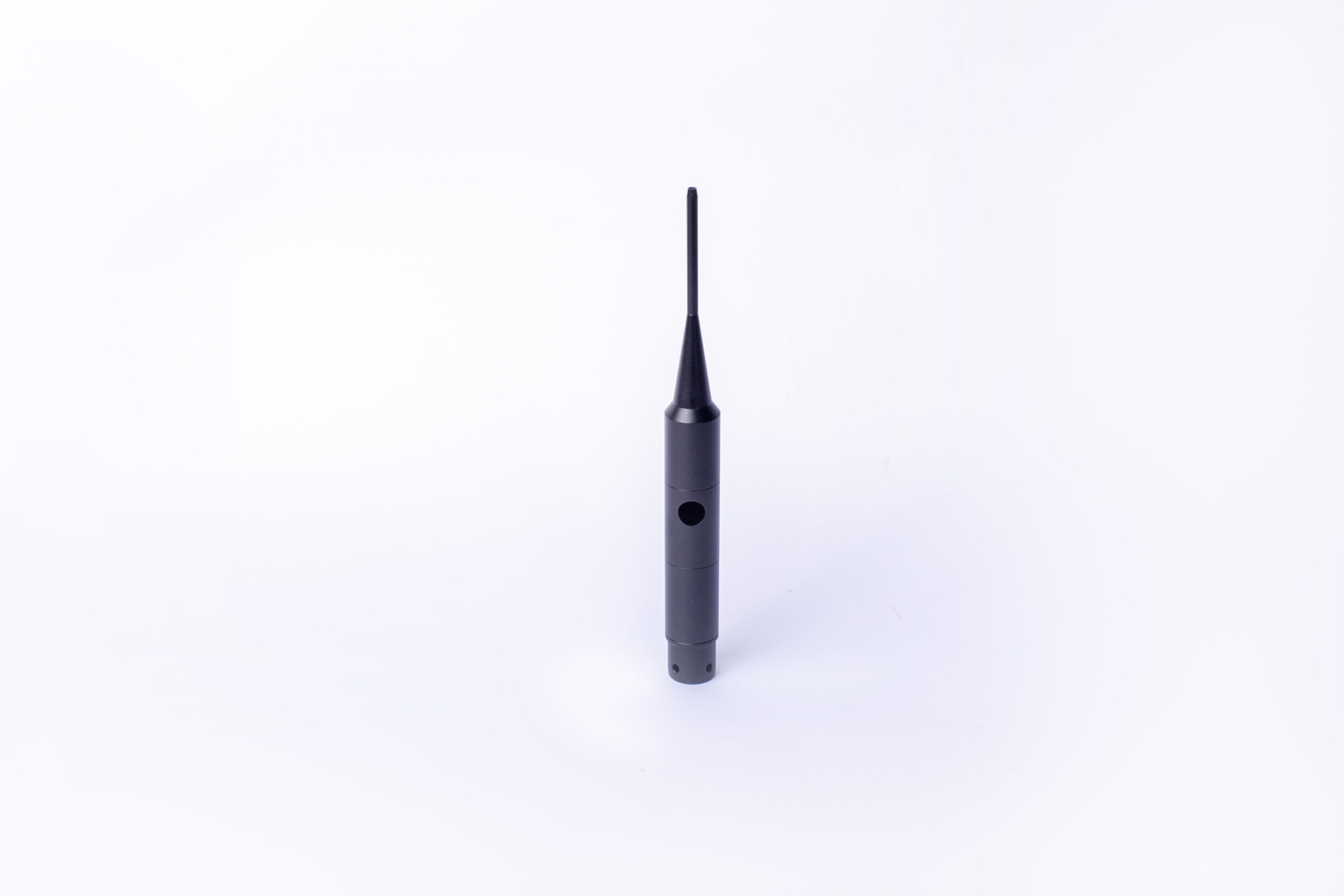
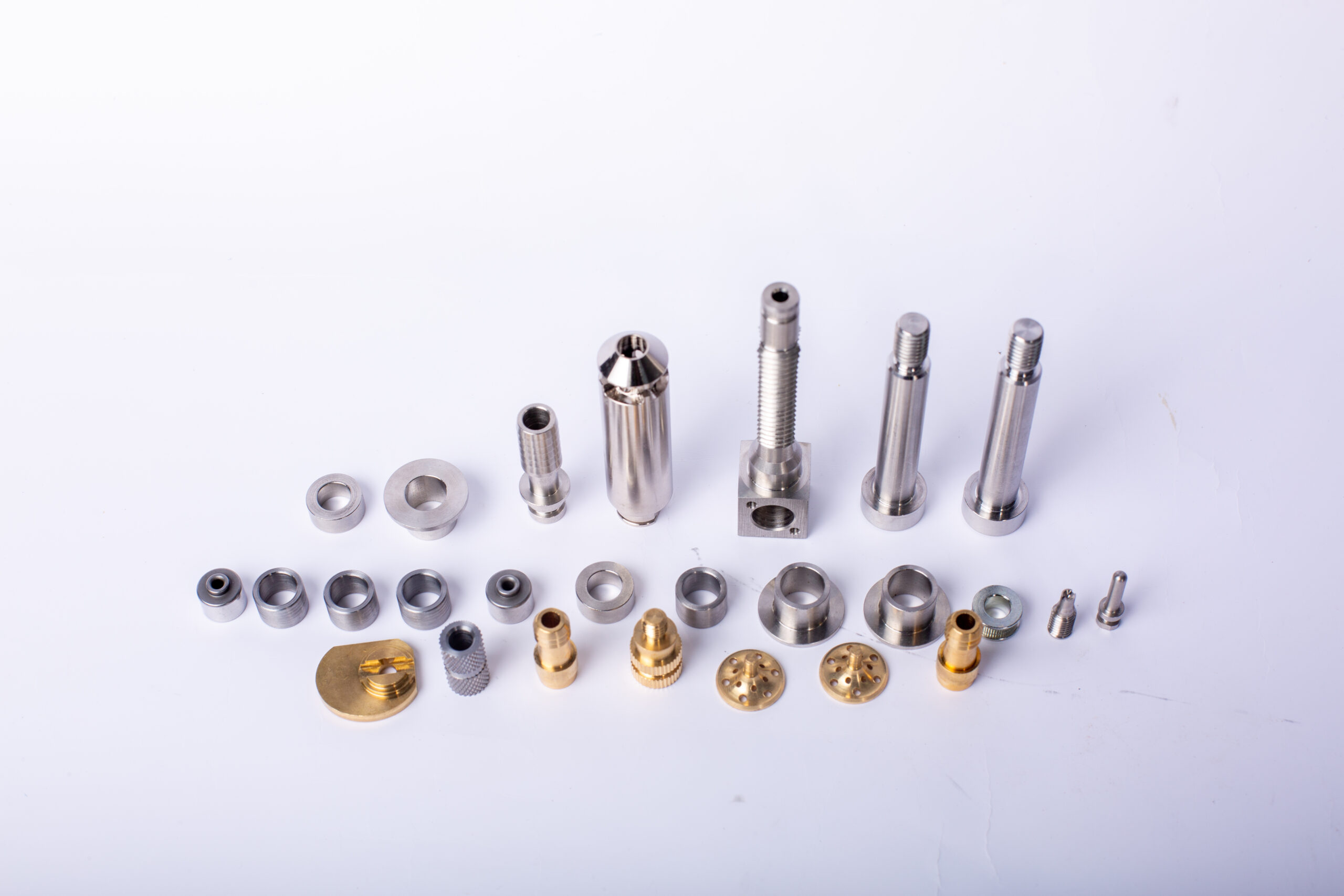
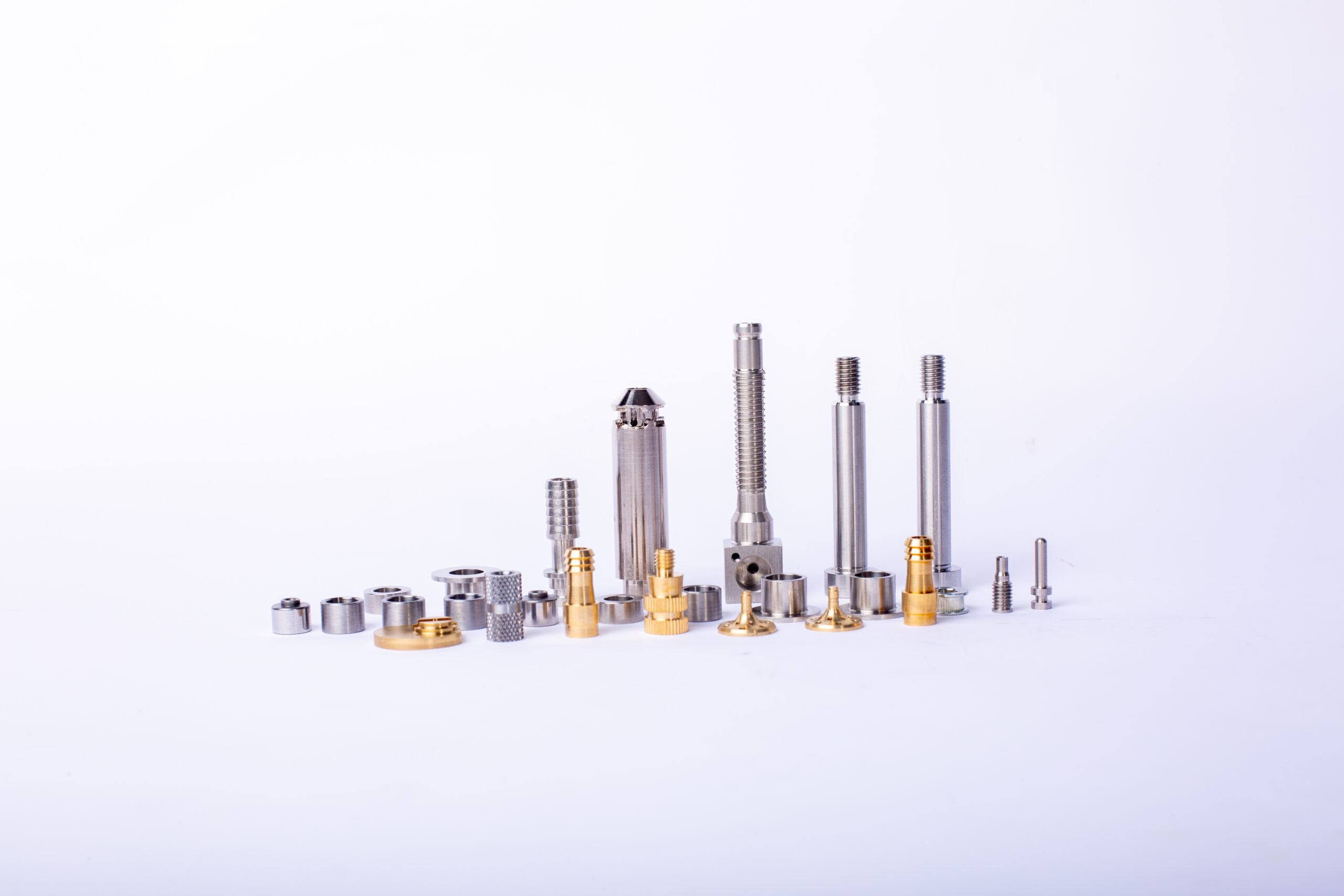
high precision cnc aluminum machining FAQs Guide.
Our company specializes in providing high-quality high precision cnc aluminum machining services for a variety of industries. With years of experience, state-of-the-art equipment, and a dedicated team, we pride ourselves on delivering precision and top-notch results for our customers. we will outline our capabilities and processes, and provide examples of the aluminum products we can create. We are confident that our high precision cnc aluminum machining services will meet and exceed your expectations.
1.Can aluminum be machined with both traditional and CNC methods?
We have established long-term and stable partnerships with our suppliers, so we have great advantages in price and cost and quality assurance.
Yes, aluminum can be machined with both traditional and CNC methods. Traditional machining methods such as drilling, tapping, and milling can be used to shape aluminum, while CNC machining can be used to create more complex shapes and features.
2.How does the temperature of the aluminum affect the machining process?
The temperature of the aluminum affects the machining process in several ways. When aluminum is too cold, it can be difficult to machine due to its increased hardness. On the other hand, when aluminum is too hot, it can become too soft and cause tool wear and tear. Additionally, the temperature of the aluminum can affect the cutting speed, as well as the lubrication and cooling of the cutting tools.
3.What are the different types of aluminum machining techniques?
We pay attention to the introduction and training of talents, scientifically regulate the management system, and focus on cultural construction and team cohesion.
1. Milling: This is a subtractive machining process that uses a rotating cutting tool to remove material from the surface of a workpiece.
2. Turning: This is a subtractive machining process that uses a rotating cutting tool to shape the outside diameter of a workpiece.
3. Drilling: This is a subtractive machining process that uses a rotating cutting tool to create a hole in a workpiece.
4. Boring: This is a subtractive machining process that uses a rotating cutting tool to enlarge an existing hole in a workpiece.
5. Reaming: This is a subtractive machining process that uses a rotating cutting tool to finish the surface of a hole in a workpiece.
6. Sawing: This is a subtractive machining process that uses a rotating cutting tool to cut a workpiece into two or more pieces.
7. Grinding: This is an abrasive machining process that uses a rotating grinding wheel to remove material from the surface of a workpiece.
8. Honing: This is an abrasive machining process that uses a rotating honing stone to finish the surface of a hole in a workpiece.
9. EDM (Electrical Discharge Machining): This is a non-traditional machining process that uses electrical sparks to remove material from the surface of a workpiece.
4.How does the hardness of aluminum affect the machining process?
We have been working hard to improve service quality and meet customer needs.
The hardness of aluminum affects the machining process in several ways. Harder aluminum is more difficult to machine, as it requires more cutting force and higher cutting speeds. It also increases the wear on the cutting tools, resulting in shorter tool life. Harder aluminum also produces more heat during machining, which can lead to increased tool wear and decreased surface finish quality. Finally, harder aluminum is more prone to work hardening, which can lead to increased tool wear and decreased machinability.

5.What are some considerations when machining aluminum for aerospace applications?
1. Use high-speed steel or carbide tools with sharp cutting edges to reduce cutting forces and minimize tool wear.
2. Use coolant to reduce heat buildup and improve chip evacuation.
3. Use a low feed rate to reduce cutting forces and minimize tool wear.
4. Use a high spindle speed to reduce cutting forces and minimize tool wear.
5. Use a high depth of cut to reduce cutting forces and minimize tool wear.
6. Use a high cutting speed to reduce cutting forces and minimize tool wear.
7. Use a high-pressure coolant system to reduce heat buildup and improve chip evacuation.
8. Use a rigid machine setup to reduce vibration and improve surface finish.
9. Use a high-quality cutting tool material to reduce tool wear and improve surface finish.
10. Use a high-quality cutting tool geometry to reduce cutting forces and improve surface finish.
6.What are some examples of products created through aluminum machining?
We have a first -class management team, and we pay attention to teamwork to achieve common goals.
Examples of products created through aluminum machining include:
1. Automotive parts such as engine blocks, cylinder heads, and transmission housings
2. Aerospace components such as aircraft wings, fuselages, and landing gear
3. Medical equipment such as surgical instruments, prosthetics, and implants
4. Electronics components such as circuit boards, connectors, and heat sinks
5. Industrial components such as valves, pumps, and machine parts
6. Architectural components such as window frames, door frames, and handrails
7.What are some common methods used for aluminum machining?
We operate our high precision cnc aluminum machining business with integrity and honesty.
Common methods used for aluminum machining include:
1. Drilling: This is the most common method used for aluminum machining. It involves using a drill bit to create a hole in the aluminum material.
2. Milling: This is a process that uses a rotating cutting tool to remove material from the aluminum.
3. Turning: This is a process that uses a lathe to shape the aluminum material.
4. Grinding: This is a process that uses an abrasive wheel to remove material from the aluminum.
5. Sawing: This is a process that uses a saw to cut the aluminum material.
6. Punching: This is a process that uses a punch to create a hole in the aluminum material.
8.What are the advantages of aluminum machining?
Our company has many years of high precision cnc aluminum machining experience and expertise.
1. Lightweight: Aluminum is much lighter than other metals, making it ideal for applications where weight is a major factor.
2. Corrosion Resistance: Aluminum is highly resistant to corrosion, making it a great choice for outdoor applications.
3. Cost-Effective: Aluminum is a relatively inexpensive metal, making it a cost-effective choice for many machining projects.
4. Versatility: Aluminum can be machined into a variety of shapes and sizes, making it a great choice for a wide range of applications.
5. Heat Conductivity: Aluminum is an excellent conductor of heat, making it ideal for applications that require heat transfer.
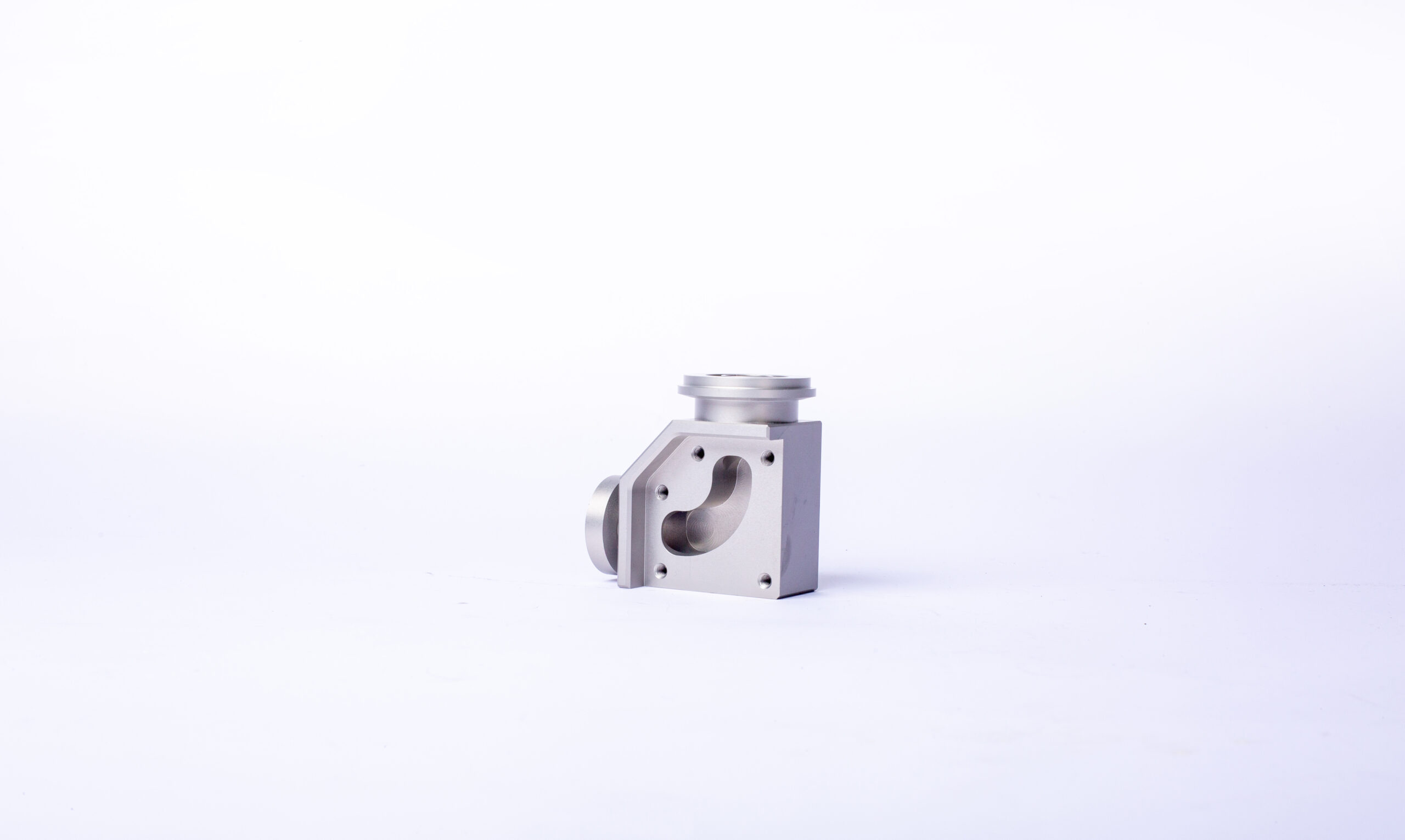
9.Can different types of coatings be applied to aluminum after machining?
We continue to improve high precision cnc aluminum machining products and processes to improve efficiency.
Yes, different types of coatings can be applied to aluminum after machining. Common coatings include anodizing, powder coating, and painting. Anodizing is a process that creates a protective oxide layer on the surface of the aluminum, while powder coating is a process that applies a dry powder to the surface of the aluminum and then bakes it to create a hard finish. Painting is a process that applies a liquid paint to the surface of the aluminum and then bakes it to create a hard finish.
10.How does the type of machine used for aluminum machining affect the final result?
The type of machine used for aluminum machining can have a significant impact on the final result. Different types of machines are designed to handle different types of materials, and aluminum is no exception. For example, a CNC milling machine is better suited for machining aluminum than a manual milling machine, as it can provide more precise and accurate cuts. Additionally, the type of cutting tool used can also affect the final result, as different tools are designed for different materials. For example, a high-speed steel tool is better suited for machining aluminum than a carbide tool.
11.What are some common problems encountered during aluminum machining?
We should enjoy a good reputation in the industry, and we can increase the added value of the products of cooperative customers through technological innovation.
1. Tool wear: Aluminum is a soft metal, which can cause tools to wear quickly.
2. Chip clogging: Aluminum chips can easily clog up the cutting area, leading to poor surface finish and reduced tool life.
3. Heat buildup: Aluminum is a good conductor of heat, which can cause the tool and workpiece to heat up quickly. This can lead to tool failure and reduced accuracy.
4. Vibration: Aluminum is a lightweight material, which can cause vibration during machining. This can lead to poor surface finish and reduced accuracy.
5. Poor surface finish: Aluminum is a soft metal, which can cause a poor surface finish. This can be improved by using a higher cutting speed and a sharper tool.
12.What impact does the speed of cutting have on the final product in aluminum machining?
The speed of cutting has a significant impact on the final product in aluminum machining. A slower cutting speed will produce a better finish, while a faster cutting speed will produce a rougher finish. Slower cutting speeds also reduce the risk of tool breakage and heat build-up, which can cause warping and other defects. Additionally, slower cutting speeds can help to reduce the amount of material removed, which can help to reduce costs.
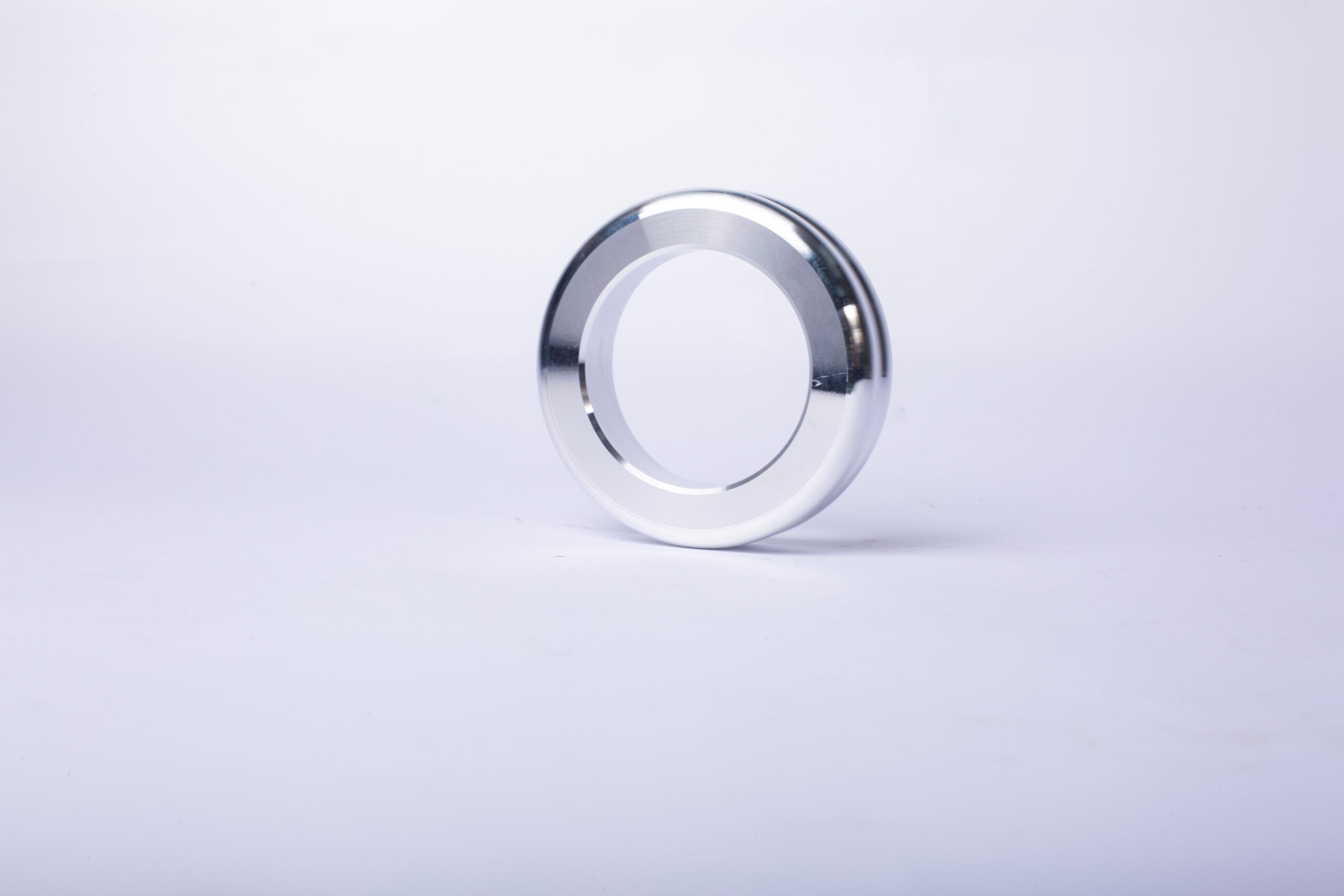
13.How does the use of coolant impact the machining process for aluminum?
We have a professional team that is committed to the innovation and development of high precision cnc aluminum machining.
The use of coolant in machining aluminum helps to reduce friction and heat buildup, which can cause the aluminum to warp or deform. Coolant also helps to flush away chips and debris, which can clog the cutting tool and reduce its effectiveness. Additionally, coolant helps to lubricate the cutting tool, which can improve the surface finish of the machined part.
14.Can aluminum be machined to create prototypes or one-of-a-kind parts?
We maintain a stable growth through reasonable capital operations, focus on industry development trends and cutting -edge technologies, and focus on product quality and safety performance.
Yes, aluminum can be machined to create prototypes or one-of-a-kind parts. Aluminum is a popular material for machining because it is lightweight, strong, and corrosion-resistant. It is also relatively easy to machine, making it a great choice for creating custom parts.
Tag:aluminum machining online,custom aluminum machining parts wholesale,china custom aluminum machining,precision aluminum machining,aluminum machining rating
Product Inquiry
We will respond within 12 hours, please pay attention to the email “@163.com” or “@alumforge.com”.
Also, you can go to the Contact Page, which provides a more detailed form, if you have more inquiries for products or would like to obtain OEM service.
Our sales experts will respond within 24 hours, please pay attention to the email with the suffix “@163.com”.